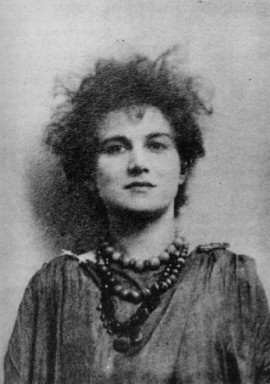
Moina Mathers – The high priestess behind the Golden Dawn
Moina Mathers was a central creative figure of the British Occult Revival at the turn of the 20th century, whose influence helped shape the Golden Dawn and, by extension, Western esotericism. Fluent in French, German, and English, she was known for her charm, intellect, and distinctive presence.
Though her ambition was to establish herself as a professional artist, she instead devoted much of her life to the demanding work of the order, often at great personal and financial sacrifice. Her creative vision and dedication were essential to the development of the Golden Dawn.
The Life of the High Priestess
Moina Mathers was born Mina Bergson on February 28, 1865, in Geneva, Switzerland, into a musical and intellectual family. Her father, Michał (Michel) Bergson, was a Polish-Jewish composer and pianist, and her mother, Katherine Levison, came from a Jewish family in Yorkshire, England.
The family lived in Paris for a time before relocating to London, while Moina’s older brother, Henri Bergson, remained in Paris to continue his studies, eventually becoming a renowned philosopher and Nobel laureate.
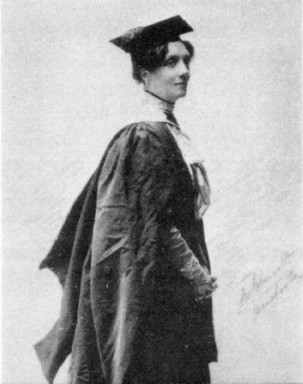
Photo of Annie Horniman, theatre matron. She joined the Hermetic Order of the Golden Dawn in 1890.
Moina entered the Slade School of Fine Art around the age of 15. While there, she was awarded a scholarship and received four merit certificates for her drawing work. It was during her time at Slade in 1882 that she became friends with Annie Horniman. Horniman later became an important supporter of Moina and her husband, including providing financial assistance that helped sustain their esoteric endeavors.
In 1887, while studying Egyptian antiquities at the British Museum, Moina met Samuel Mathers, who had recently published his translation of Kabbalah Unveiled by Knorr von Rosenroth. Despite financial challenges and her family’s disapproval due to Mathers’ lack of steady income, Moina and Samuel’s relationship deepened. They married on June 16, 1890, in the library of the Horniman Museum in London. Following their marriage, Moina adopted the name “Moina” to honor her purported Irish heritage, aligning with Samuel’s purported Scottish ancestry. In a letter to Horniman, Moina described her marriage to Samuel as “pure,” emphasizing the spiritual nature of their relationship.

Photo of Samuel Liddell MacGregor Mathers
In 1888, a year after meeting Samuel, Moina became the first initiate of the Isis-Urania Temple, the first temple of the Hermetic Order of the Golden Dawn. At her initiation, she adopted the Latin motto Vestigia Nulla Retrorsum, meaning “I never retrace my steps.”
Moina took on the role of High Priestess, while Mathers served as the Magus. She acted as a diviner and medium within the Order, and she was involved in producing visionary material for the Inner Order’s rituals of evocation. Her activities were a central part of the ceremonial work of the Golden Dawn and reflected the broader fascination with mystical and psychic phenomena prevalent at the time.
Moina applied her artistic training and knowledge of Egyptian symbolism to the design of ritual chambers and temple furnishings for the Golden Dawn. She was involved in creating regalia, ceremonial diagrams, and some of the original designs for the Golden Dawn Tarot. After the Golden Dawn’s dissolution, she continued her work with the Rosicrucian Order of Alpha et Omega (R.R. et A.C.), contributing to the design and decoration of the Ahathoor Temple in Paris.
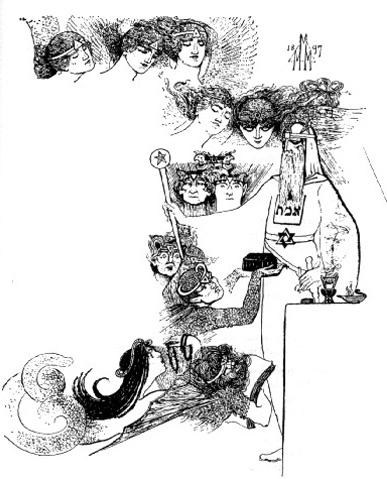
“Sacred Magic of Abramelin the Mage” (1897) – Drawing of the magus Abramelin in her husband’s translation, attributed to Abraham von Worms.
In 1891, Moina and Samuel visited Paris. Around this time, he claimed to have received instruction and guidance from so-called “Secret Chiefs,” described as transcendent spiritual authorities, which he said informed the development of the Rosae Rubeae et Aureae Crucis. While these claims were central to Mathers’ account of the Order’s esoteric lineage, there is no historical evidence confirming the existence or involvement of the “Secret Chiefs.”
Moina and Samuel moved to Paris in 1892, purportedly under the guidance of the Secret Chiefs, but partially due to financial difficulties in London. Samuel continued to claim he received knowledge from the Secret Chiefs, such as “certain techniques of Hermetic Inner Alchemy” and “advanced teaching about spiritual sexuality.” These practices were allegedly part of a secret oral tradition, which Moina referenced in writing:
“Knowing as yet only something of the composition of the human being as a Theoricus Adept, you are really not in a position to form an opinion on these subjects… discussed as… human sexual connection… So if one of these… come up, you would have to refer the question to a member of a much higher grade than Theoricus Adept.” – to Annie Horniman
“As I hear that the Sex Theory subject has been under discussion in Thoth Hermes Temple, I should like to say a few words to you on the subject. I regret that anything on the Sex question should have entered into the Temple at this stage, for we only begin to touch on sex matters directly, in quite the higher Grades. In fact, we only give a rather complete explanation of this subject in that Grade where the Adept has proved to be so equilibrated and spiritualized that he is the complete lord of his passional self. Believe me, this is not mere theory. I am not speaking to you from a merely theoretical point of view.” – to Paul Foster Case
While Moina framed these teachings as part of a controlled, hierarchical system within the Order, codifying sexual knowledge and power dynamics within esoteric hierarchies creates significant potential for abuse, exploitation, and manipulation. The secrecy surrounding these practices and the authority of the Order’s leadership meant that ordinary members were reportedly placed in situations where they were exposed to intimate or sexualized activities without clear consent or safeguards, raising ethical concerns.
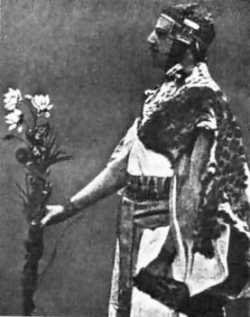
Samuel Liddell MacGregor Mathers during an Egyptian Ritual
Moving to Paris to “stay in contact” with the Secret Chiefs made their impoverished lifestyle even poorer. Their living conditions worsened, they changed locations frequently, and furthermore, the turn of the century brought litigation, unwanted publicity, and schism. Their absence in London contributed to the disintegration of the Golden Dawn. And Horniman eventually became displeased with Mathers and cut off her financial support. In 1906, Moina and Samuel established the Rosicrucian Order of Alpha et Omega (A.O.), the third one founded by the couple.
In November 1918, during the Spanish influenza pandemic, Samuel passed away, leaving Moina financially unstable. The exact cause of death remains uncertain. His last years were riddled with depression, alcoholism, scandals, and legal battles with Crowley over the publication of a certain Golden Dawn doctrine.
Moina claimed that his death was caused by the cumulative effects of the Secret Chiefs’ visits, whose presence became unbearable for Samuel’s weakened psyche. She continued to lead the A.O. Lodge, overseeing its activities in Paris.
Moina was reported to have become cautious and concerned about the possibility of a “spiritual attack” similar to those she claimed her husband experienced. Despite this, she continued to engage in communication with spirits and was occasionally assisted by a figure known as “Frater X,” after several initiates of the A.O. were unable to meet her requirements.
One of the A.O. initiates was Dion Fortune, who later claimed that Moina caused the death of fellow initiate Netta Fornario through black magic. This claim is contradicted by the timeline, as Moina died approximately 18 months before Fornario. While Fortune was still a member of the A.O., Moina reportedly confronted her about revealing sensitive material regarding the Order’s teachings on spiritual sexuality in her writings.
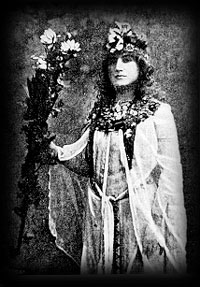
Moina Mathers during the Rites of Isis in Paris
As a result of this conflict, Moina expelled Fortune from the Order. Fortune later offered a different explanation for her departure, suggesting she had been removed because of having the “wrong aura.” The discrepancies between these accounts have contributed to differing interpretations of the events following Moina’s leadership.
Moina presided over the A.O. as its Imperatrix for nine years. After returning to London, she faced ongoing financial difficulties and attempted to maintain her career as an artist by painting portraits on occasion, though there is limited information on the extent or success of these efforts.
In 1927, her health declined significantly, and she reportedly stopped eating. The reasons for this are unclear. Some accounts suggest it may have been related to health issues or personal circumstances. Others believe it was due to “spiritual fasting” and the influence of the “Secret Chiefs”, despite the lack of evidence to support such claims.
After a challenging life marked by financial difficulties, personal losses, spiritual claims, and disputes within the Orders she led, Moina Mathers passed away in July 1928 in St. Mary Abbott’s Hospital, with the reported possible cause of death being self-starvation.
Moina’s legacy consists of her contributions to the Golden Dawn, the Rosae Rubeae et Aureae Crucis, and the Alpha et Omega, organizations that have influenced Western esotericism. She shaped the visual and ritual design of the Orders through her creative skills and participated in their ceremonial practices.
Reflecting on her own work, Moina described the Rites of Isis she performed on the stage of a Parisian theatre:
“How can we hope that the world will become purer and less material when one excludes from the Divine, which is the highest ideal, part of its nature which represents at one and the same time the faculty of receiving and giving – that is to say, love itself and its highest form – love, the symbol of universal sympathy? That is where the magical power of women is found.”

www.Nettlesgarden.com – The Old Craft


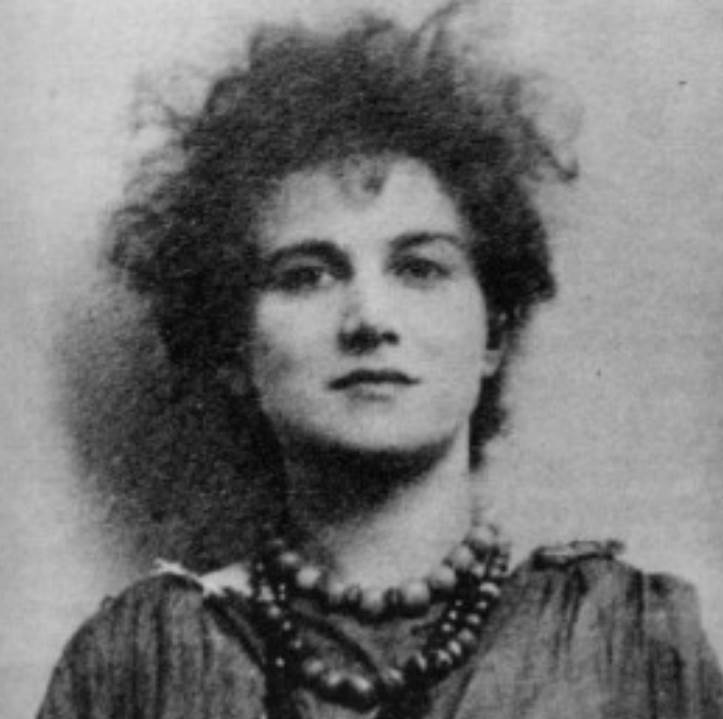
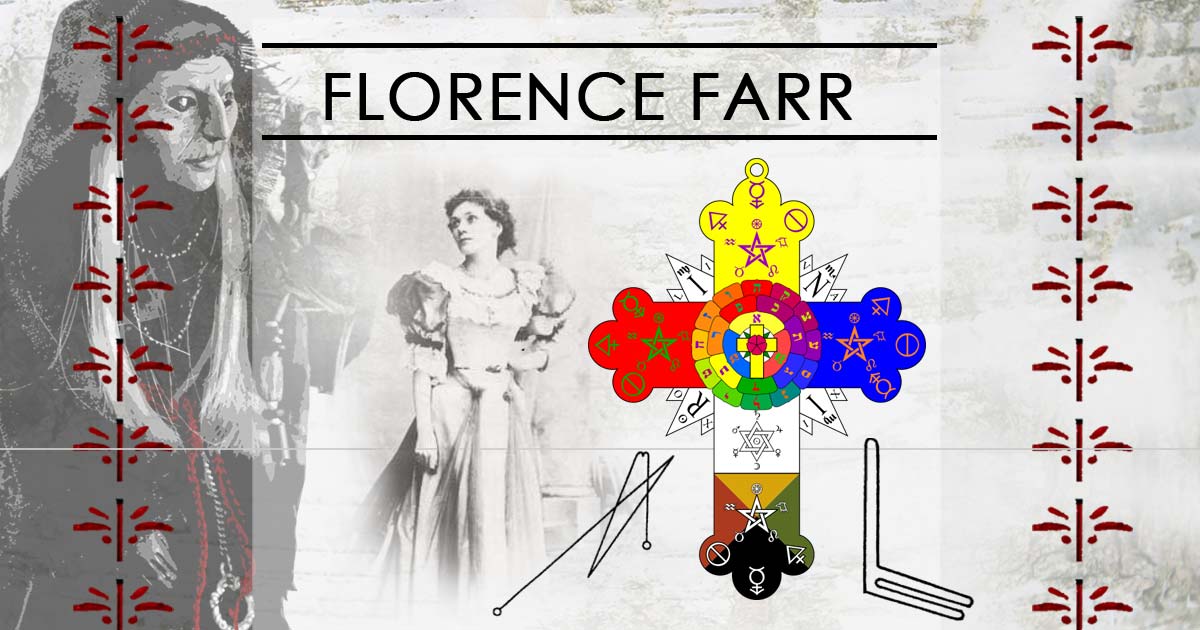
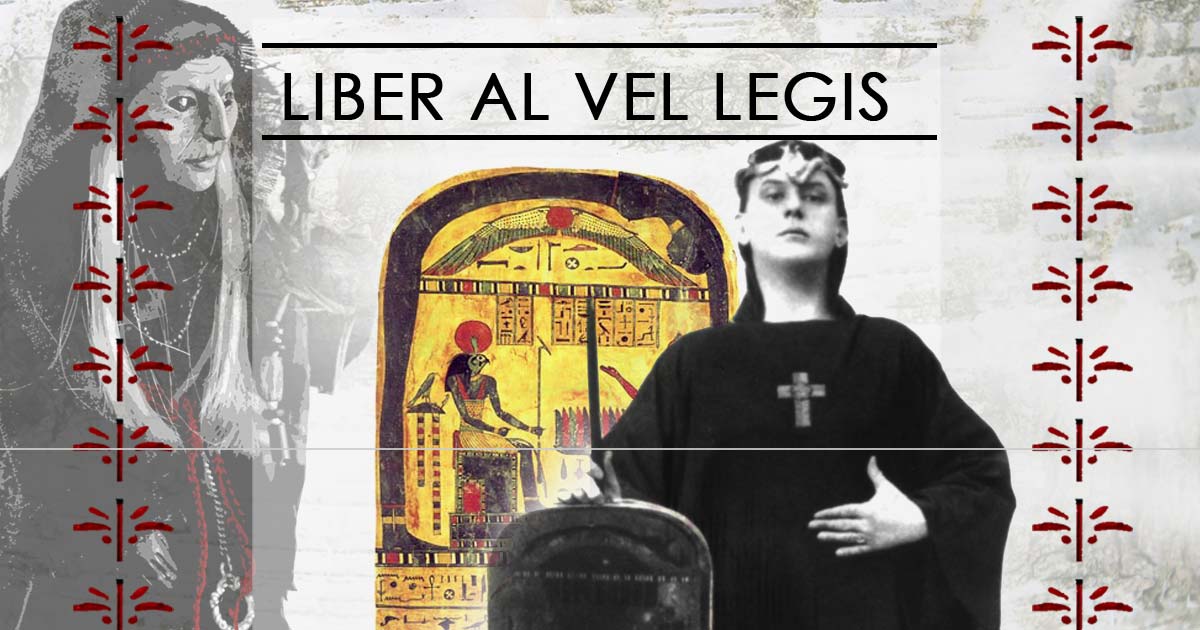
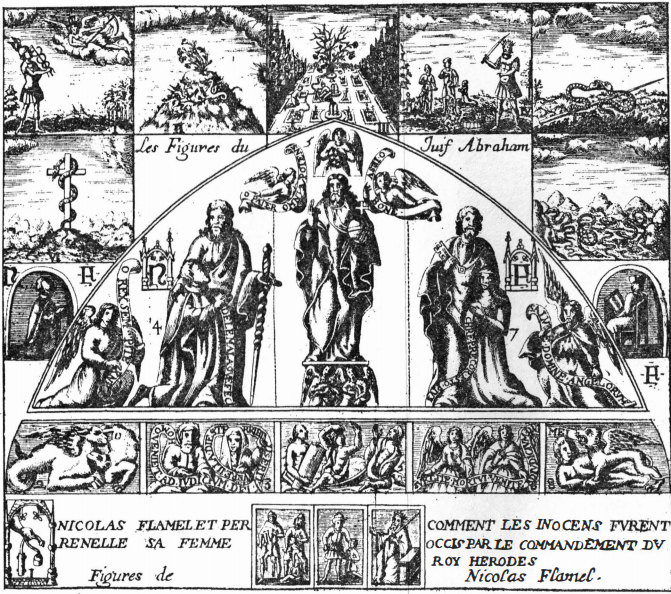
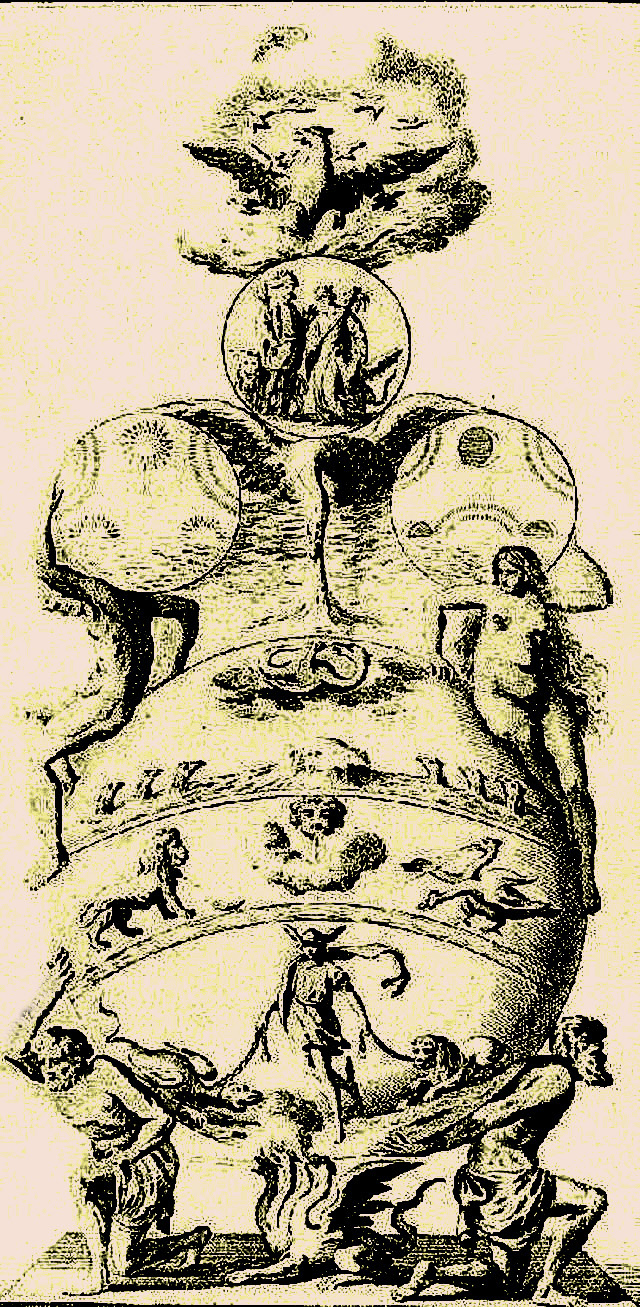
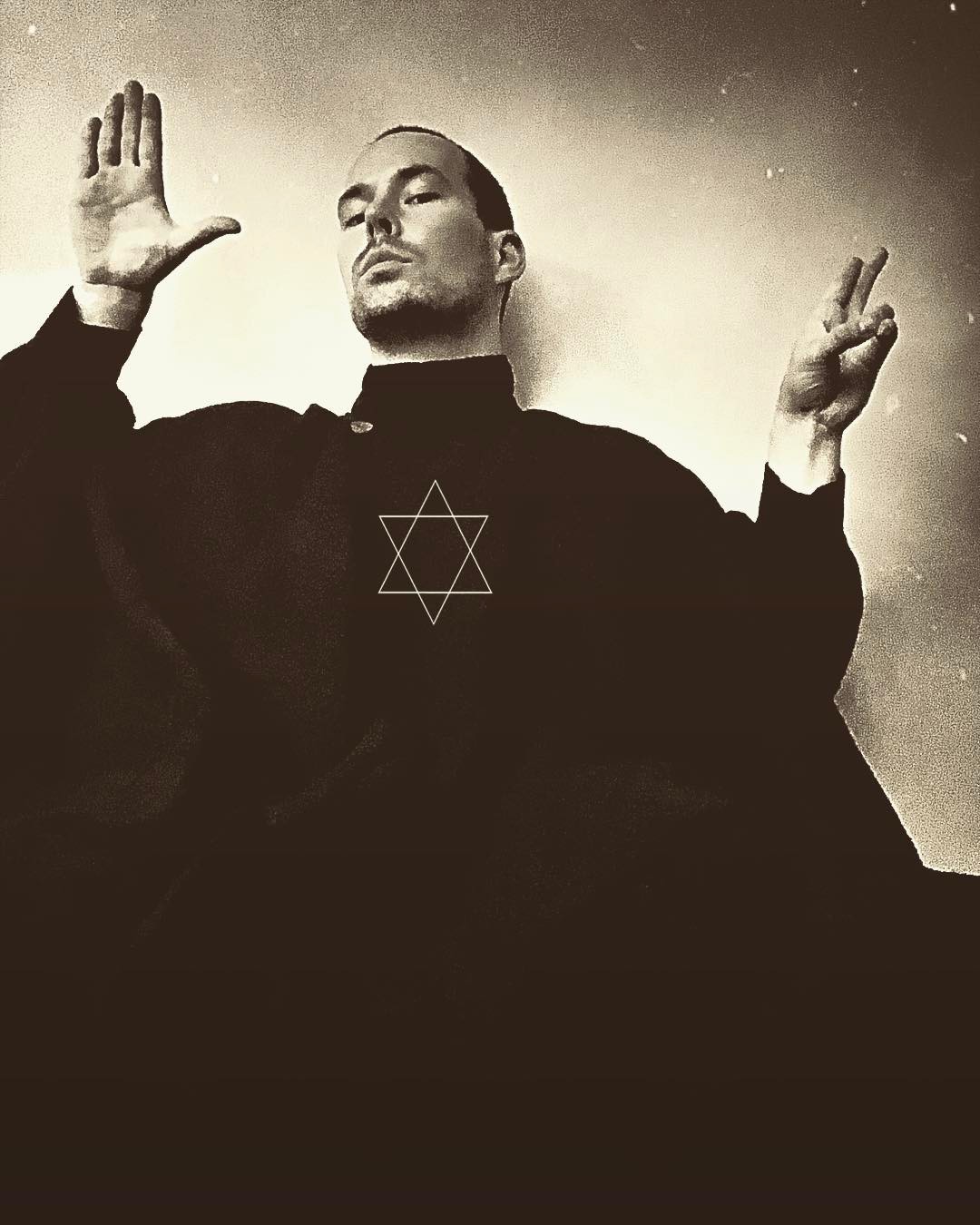
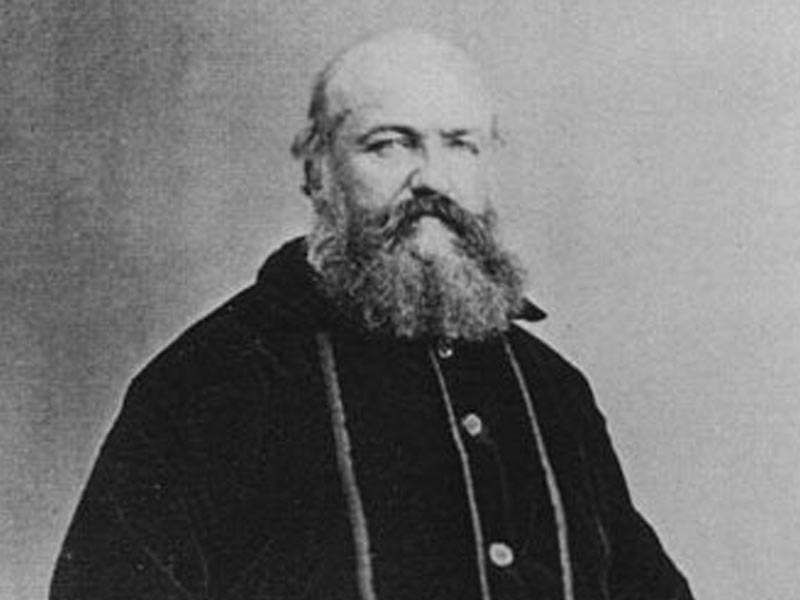
Ray Perret | March 2, 2018
|
I am very impressed with your site. The topics that you cover, the quality of writing and thought, and the design and ease of use of the site itself are all superb! Multumesc!
Radiana Piț | March 3, 2018
|
Hello Ray,
We are glad to see our work being appreciated. Make sure you subscribe to our monthly newsletter to keep up with our content. I promise it’ll be worth it. 😉
Alexander | March 3, 2018
|
Hi Ray,
Thank you a lot – we are glad to have such kind readers here 😀
Would be delighted to meet you soon again here
Multumim!
Alexander
Charlotte | January 29, 2020
|
I’m very impressed with your research on Moina. Would you be able to tell me where you found her prize winning achievements at the Slade? There’s so little about this phase of her life.
Ad Astra | March 27, 2020
|
Thank you for such a wonderful summary. Many would feel that Moina was the first true adept of the order being one of the first to experience the mysteries in full, as opposed to the creation & inheritance of the rituals by her husband and the other founders. Truly she was the silent power behind the order, working in silence, its wonderful to have history reveal more about her role.
Alan Richardson | May 5, 2024
|
Excellent article. Do you know where the st MARY abbey hospital that died in, was? What town or even country?
Alexander Heringhaus | May 6, 2024
|
Hi Alan
nice to have you here as reader. I remeber having been an avid reader of your books since my early teens, especially the Bio on Dion Fortune has been a great read in this specific context.
As for the information of the hospital – This is taken from wiki and
Farrell, Nick. (2011). Mathers’ Last Secret. Rosicrucian Order of the Golden Dawn.
But neither me nor Radiana can vouch for the details. The hospital seems to have shut down since 1992 and the “Chelsea and Westminster Hospital” in London has been taking over some of their services (Wikipedia)
Maybe it would be possible to contact someone there if they have records left?